‘Caring for plants is always gratifying’: Experts share the indoor plants they love
In anxious times we all need something uplifting, and there’s no better home stress-reliever than a house plant. Which are best, asks James Gaddy
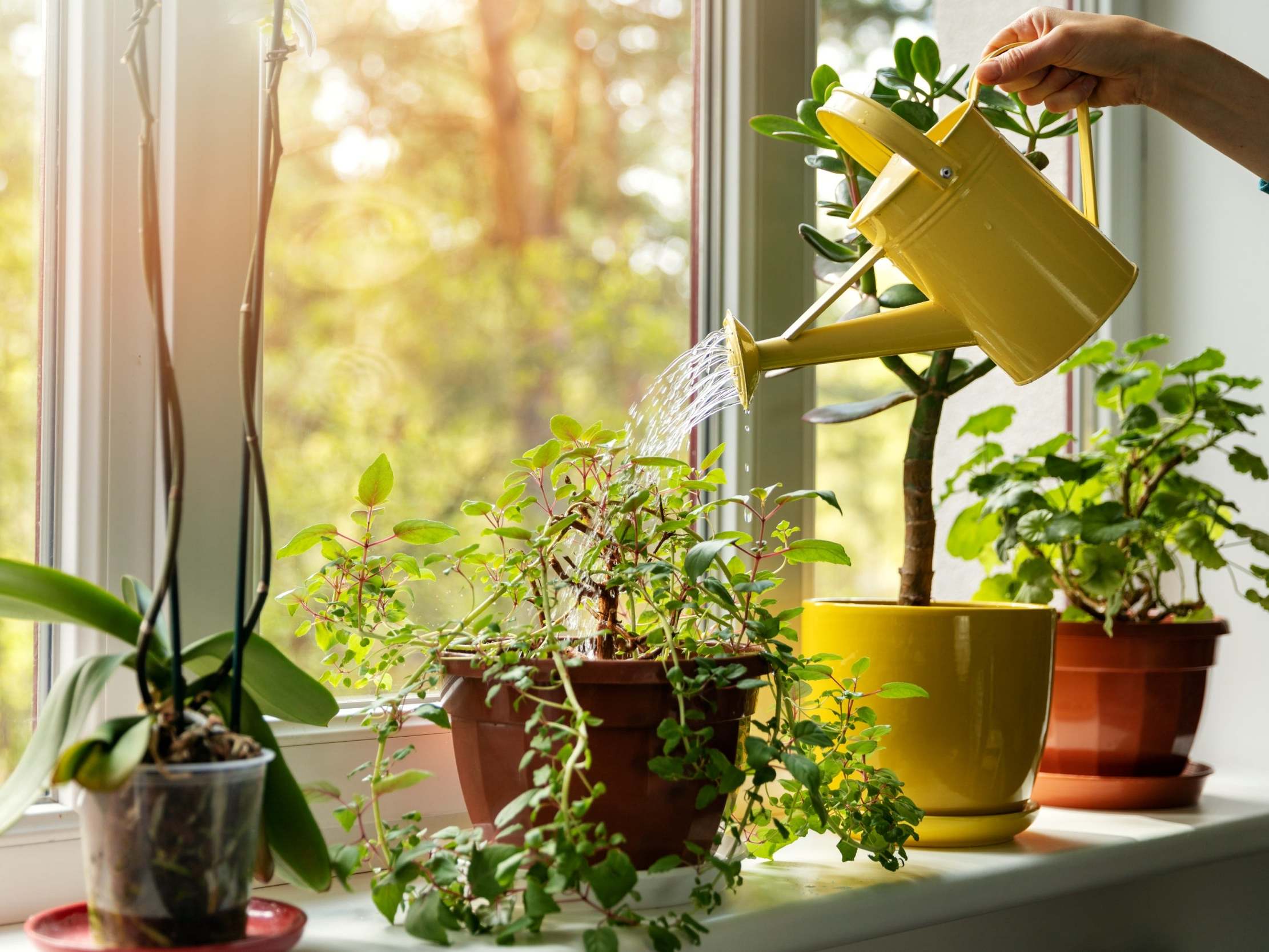
Most people divide the world into green thumbs and black thumbs, but “the reality is not so binary”, says Eric Shoemaker, a plant aficionado who maintains more than 200 of them in his Los Angeles home. Sure, a peace lily may require less attention than a bonsai, but the simple presence of a plant has been shown in a number of studies to improve concentration, productivity and creativity, as well as reduce anxiety, stress and negativity.
Especially now. Gardening, like baking bread, has become an outlet for caring and sharing. “For those dealing with anxiety and depression or who have trouble reaching out to people and find themselves isolated,” Shoemaker continues, “having a plant hobby can connect you today to a worldwide network of really diverse, creative plant folk. The conversation is completely positive and a breath of fresh air.”
Henry Gordon-Smith, chief executive officer of gardening consultant Agritecture, has built a global business around the concept of biophilia, the idea that humans have an innate biological connection with nature. “It's not some feelgood thing,” he says. “When you are around things that are healthy and thriving, it helps you become healthy and thriving. It's a mutually beneficial relationship.”
Caring for house plants can be extremely validating, agrees Heather Arndt Anderson, author of Berries: A Global History.
“If you're the kind of person who bases mental wellness on keeping things thriving or exacting positive change,” she says, “caring for plants that have obvious responses to your care is always gratifying.”
Summer Rayne Oakes, an environmental scientist and entomologist by training, began growing plants in her apartment mainly for herself when she moved to New York 15 years ago. She says she now has 1,100 in her home, and gives out regular tips to her more than 300,000 followers across Instagram and YouTube.
“You'd think this obsession would have waned by now, but in a pandemic it's not going to, because we are all indoors,” she says. She's a proponent of the Plant One Forward programme that asks people to find a favourite garden shop, buy a plant, and send it to someone they love.
Here are the indoor plants experts are digging right now.
Gardenia
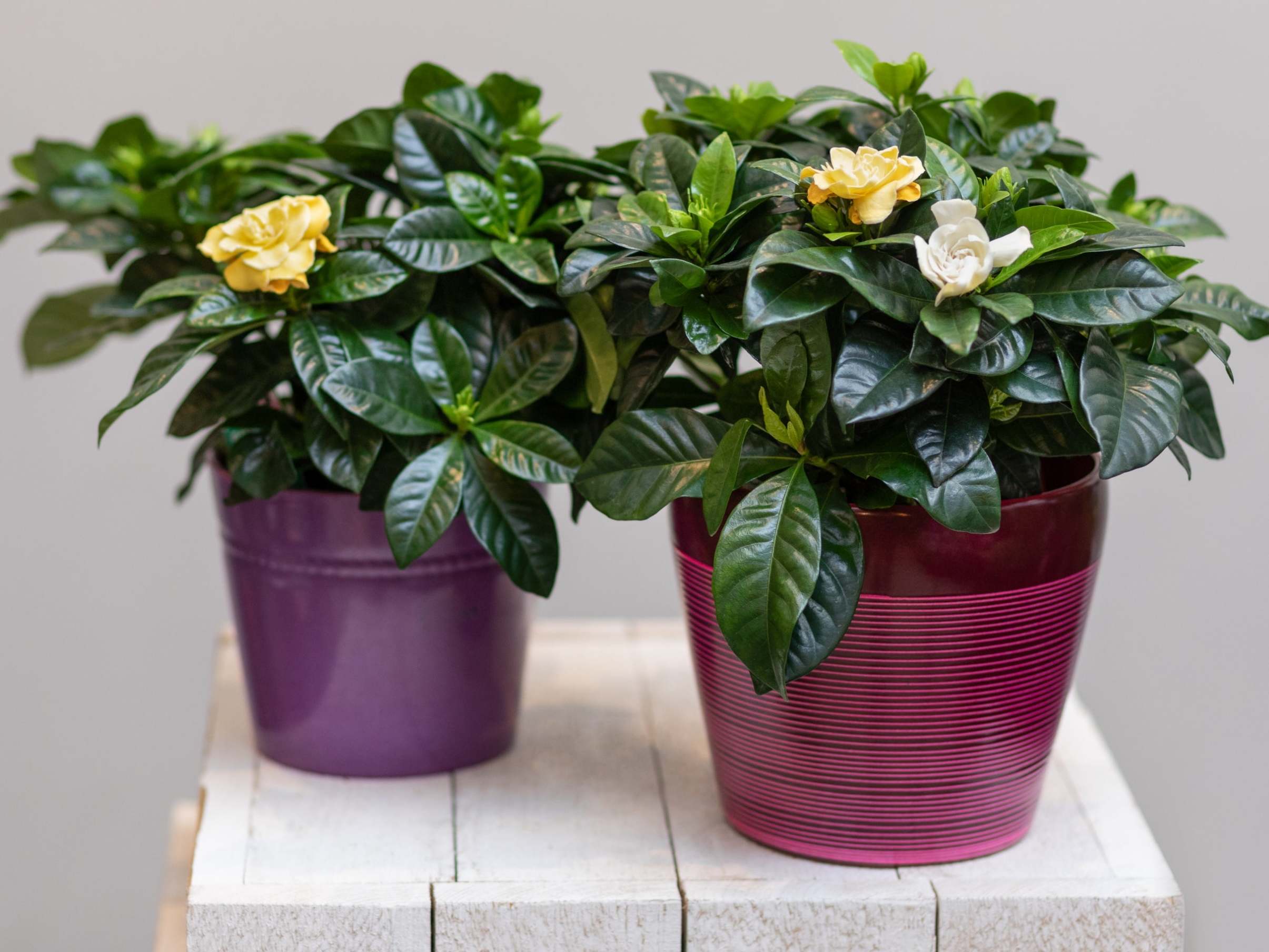
“The best-smelling flower in my opinion is the gardenia,” says Eric Shoemaker, owner of Plant Dad LLC. It does require a lot of sun, though. The same goes for other fragrant options such as lavender, rosemary and pink jasmine. Mint, he adds, is slightly tough to maintain, but it "not only smells great, you can cook with it”.
Orchids are perennially popular, come in a variety of scents and have the lowest light requirement. “When their blooms are done, put them into hibernation,” Shoemaker says. “The key difference needs to be a drop of 10 degrees while still getting a little bit of light. It should stay there for a few months, and then you bring it back out into bright indirect light. Never put an orchid into direct sunlight, as that will burn the plant.” Once you bring them out of their several-month rest, he says, “they should put out a new stem of blooms. You do need to continue to water them minimally.”
Among his more difficult options, he says, prayer plants are notorious: “They want distilled water, and their leaves get ugly, so it's hard to keep their leaves looking that pristine green on top and purple on the underside.” And beware of ferns: “They need very high humidity, so I have a humidifier in the fern section of my house. An ugly fern is pretty much the saddest thing ever.”
Java fern
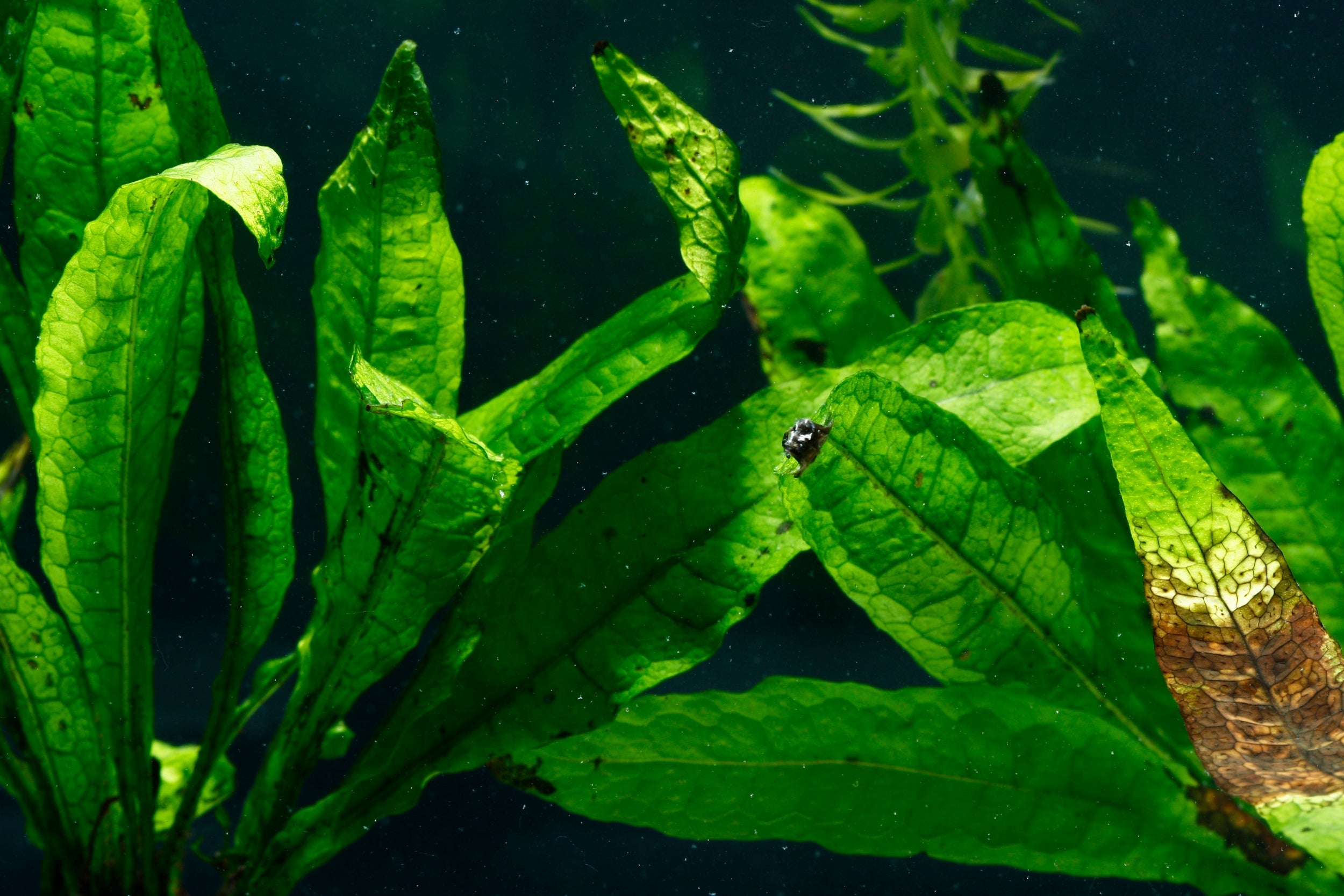
Mihalis Petrou, however, encourages ferns – but under water. The founder of the native plant consultancy Fulli NYC says one of the easiest ways to get on board the gardening bandwagon is with aquatic plants. “I know it sounds more aficionado than normal person,” he says, “but they're easier to keep than a cactus or succulent.”
Petrou, who runs a botanical show garden in Astoria that has more than 400 flowering plants and trees, says: “I've been keeping them since I was a kid because they're so fascinating. You throw them into a container and put a light on top, and you're good to go. They're submerged in water, so you don't have to worry about watering. They're basically step number 0: Anyone can get access to a glass vase, and the water from the aquatic setup is the most important food source for your other plants in the house. That water is the best kind of water for your other plants, because tap water is no good – it has fluoride and makes the roots shrink.”
Bird of paradise
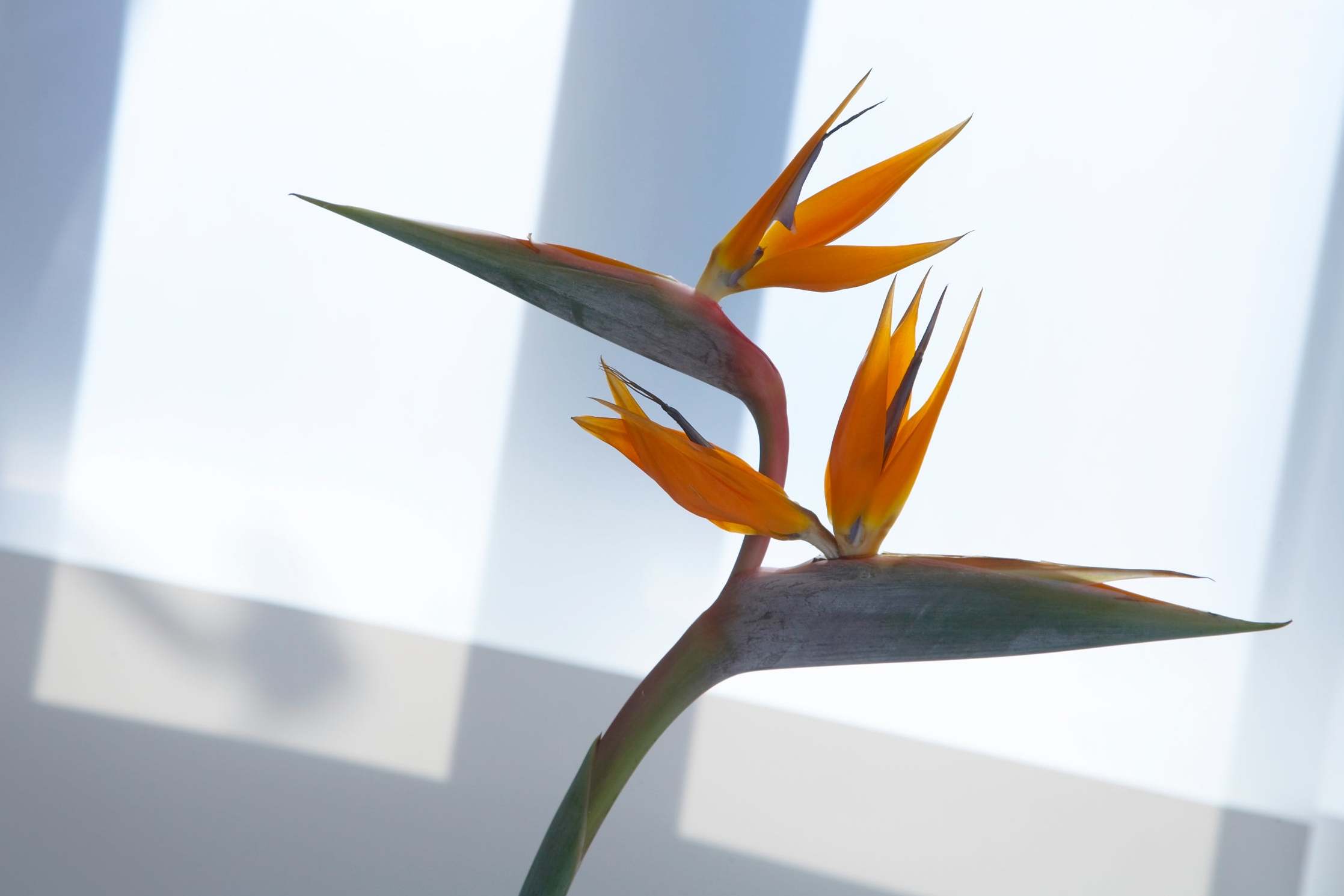
Christan Summers, co-founder of Tula Plants and Design, doesn't mind some of the more labour-intensive requirements of certain plants. “Even pruning a small leaf or watching a small bloom come to life, those tiny things are beyond gratifying,” she says. “It's a small intangible thing that this plant community shares, but you talk to any of us, watching that first leaf unfurl gives a euphoria because you're keeping something alive.”
For six years, she has been keeping a 16ft bird of paradise alive at home. “It's huge,” she says. “It's a pain ... We have east-facing light and big windows, so that's helped it to grow so tall. I have to get on a ladder to clean it and wipe the leaves down with a cloth, because they collect a lot of dust. You definitely need three to four hours of direct sun a day to keep it happy. And we have a humidifier for it. But I'll do it, and now I'm seeing new spikes of growth coming. I was so ready to chop it down, but then when you see those reinforcements, you care, it cares back.”
In winter she lets the topsoil dry to about 3in down, but it's growing season now, so she's started fertilising. “In grow season, you want to keep it consistently moist, not soggy or muddy,” she says. “The leaves perspire so much, so you need to keep it watered regularly. And pruning. Pruning is huge.”
Herb garden
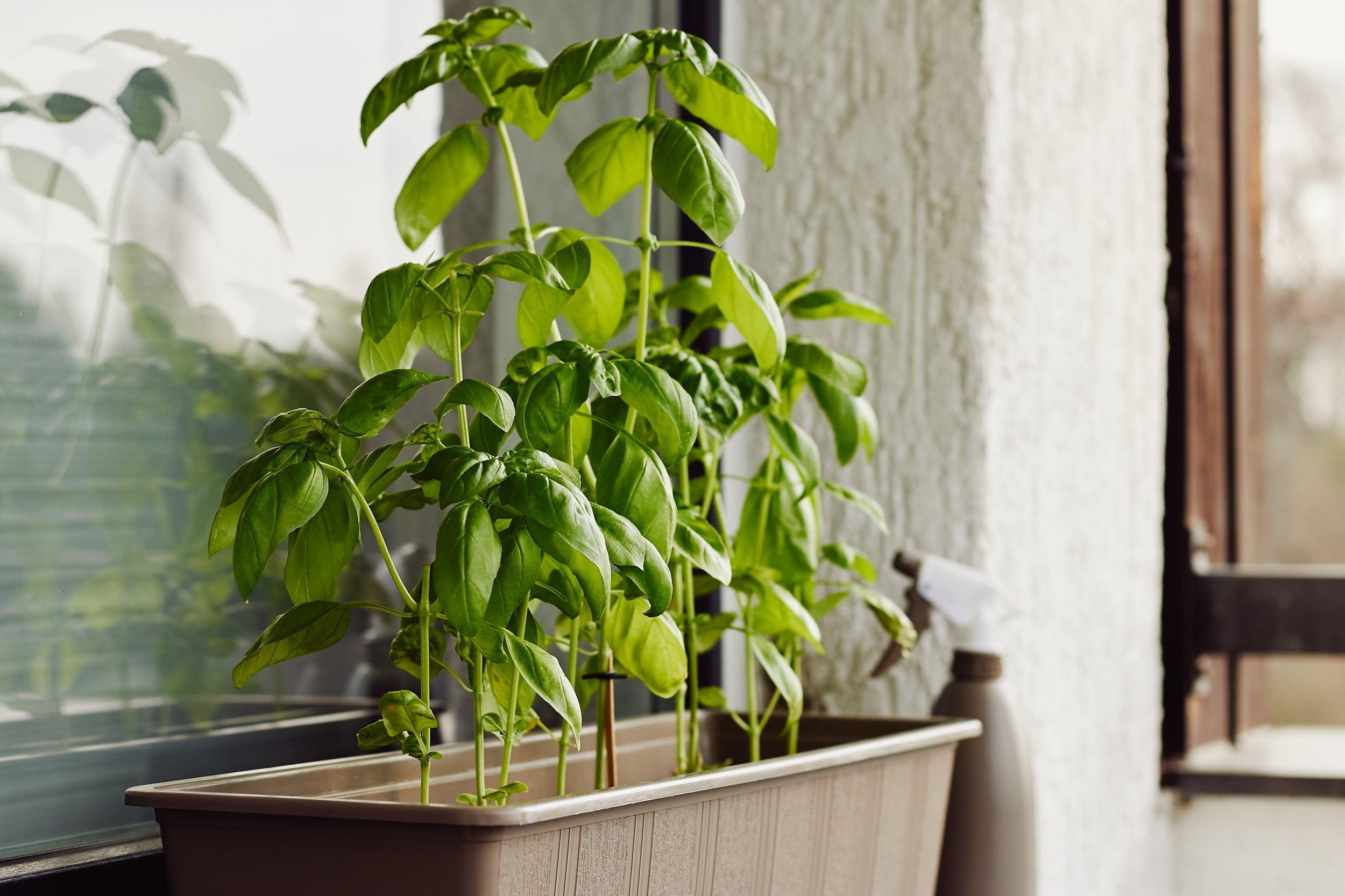
“This is a great time to start a herb garden on a sunny windowsill,” says Joe Ferrari, founder of the plant shop Tend Greenpoint. “Hardier herbs like thyme, rosemary, and sage can do well outside this time of year but will work equally well indoors. I'd also recommend basil, parsley, or cilantro for indoors. Herbs are basically a triple threat: You get a nice-looking plant that grows quickly, they smell terrific, especially when you blend multiple types of herb plants, and you can use them.”
If you have a room that doesn't get much sun but is pretty bright, Ferrari recommends philodendrons. “They'll appreciate bright but indirect light,” he says. “If you don't have that, they will work well under a simple grow light like the Modern Sprout Grow Bar. Philodendron cordatum, brasil or micans, give good colour and grow quickly, so there's a gratifying experience.”
Sprouts

Gilian Rappaport, a naturalist-at-large at the Outside Institute in upstate New York, suggests growing sprouts inside. “They're easy to grow – just rinse and clean the seeds to remove the dust, and then soak them to wake them up,” she says. “Once they start sprouting, you drain the water and then spread them evenly in a container – even glass – and you'll see them within a day.” Rappaport, who has written several field guides for the institute, says that while sprouts increase metabolism and are good for blood pressure and the immune system, they also just jazz up a salad. "You want to cut them pretty often, and in general you want to be pruning, so that things are staying healthy.”
Tomatoes
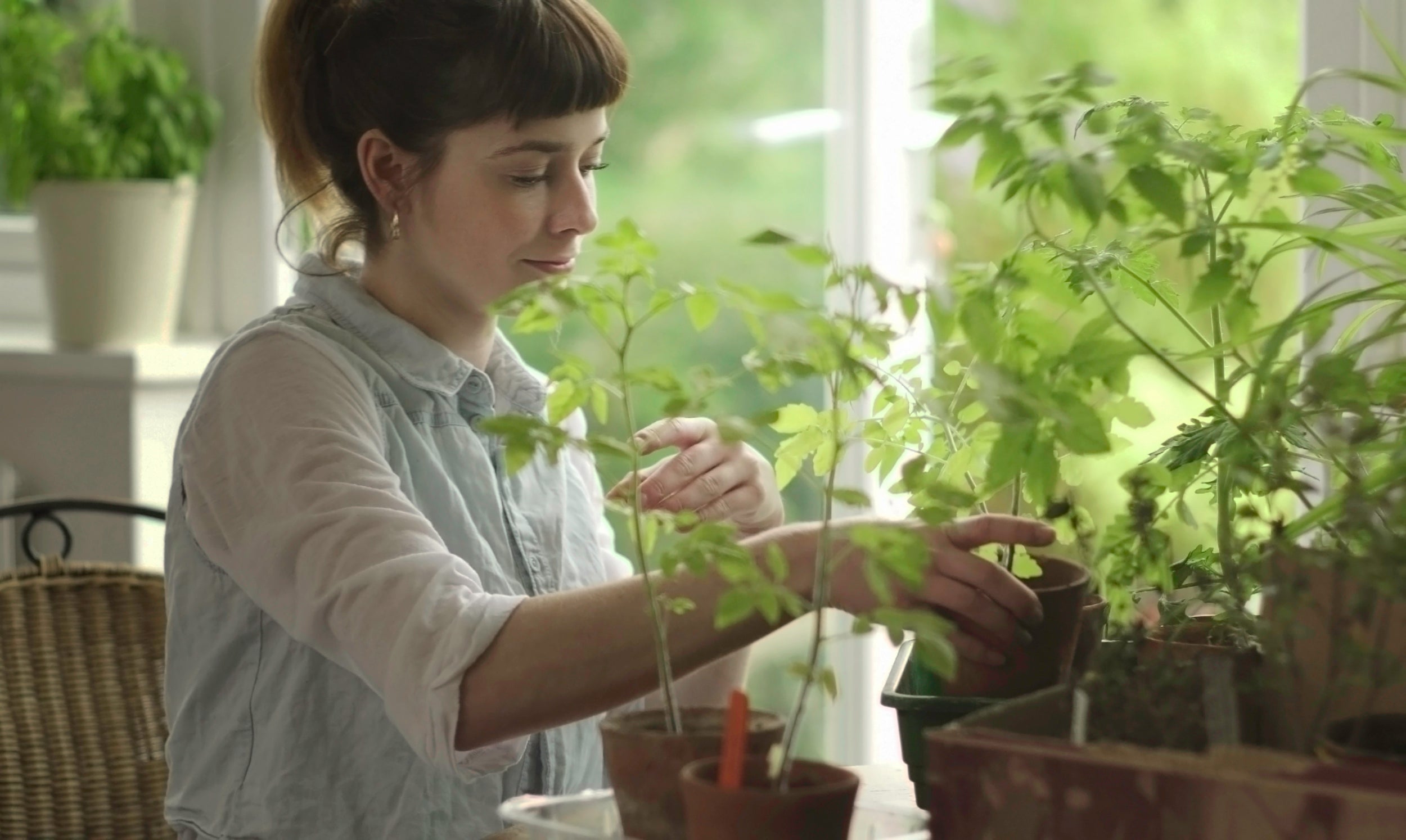
When it comes to choosing a new plant for your home, “it depends on how much work you want to do”, says Henry Gordon-Smith, of Agritecture. “Spider plants are low-maintenance. You water them once or twice a week, and they don't need a lot of light. ”Tropical plants also grow far below the canopy of the rainforest, where they don't have a lot of light, and they can get humidity from the home as well.“
But he suggests, given the current pandemic, to go a step further and raise something at home that you can eat. “With LED lighting, there are a lot of options. One of my favourite things to grow at home is tomatoes,” he says. “You can grow them as seedlings, and they'll start to produce pretty quickly. It creates vines that grow really big, there's a lot of biomass relative to the fruit, and they can be really fun. And with cherry tomatoes, you can pop them off and put them on a salad.” Crops with similar growth timelines are eggplants and peppers. Agritecture also designed an open-source platform that teaches the basics of indoor farming to grow micro greens, vine plants and lettuces.
Rosary vine
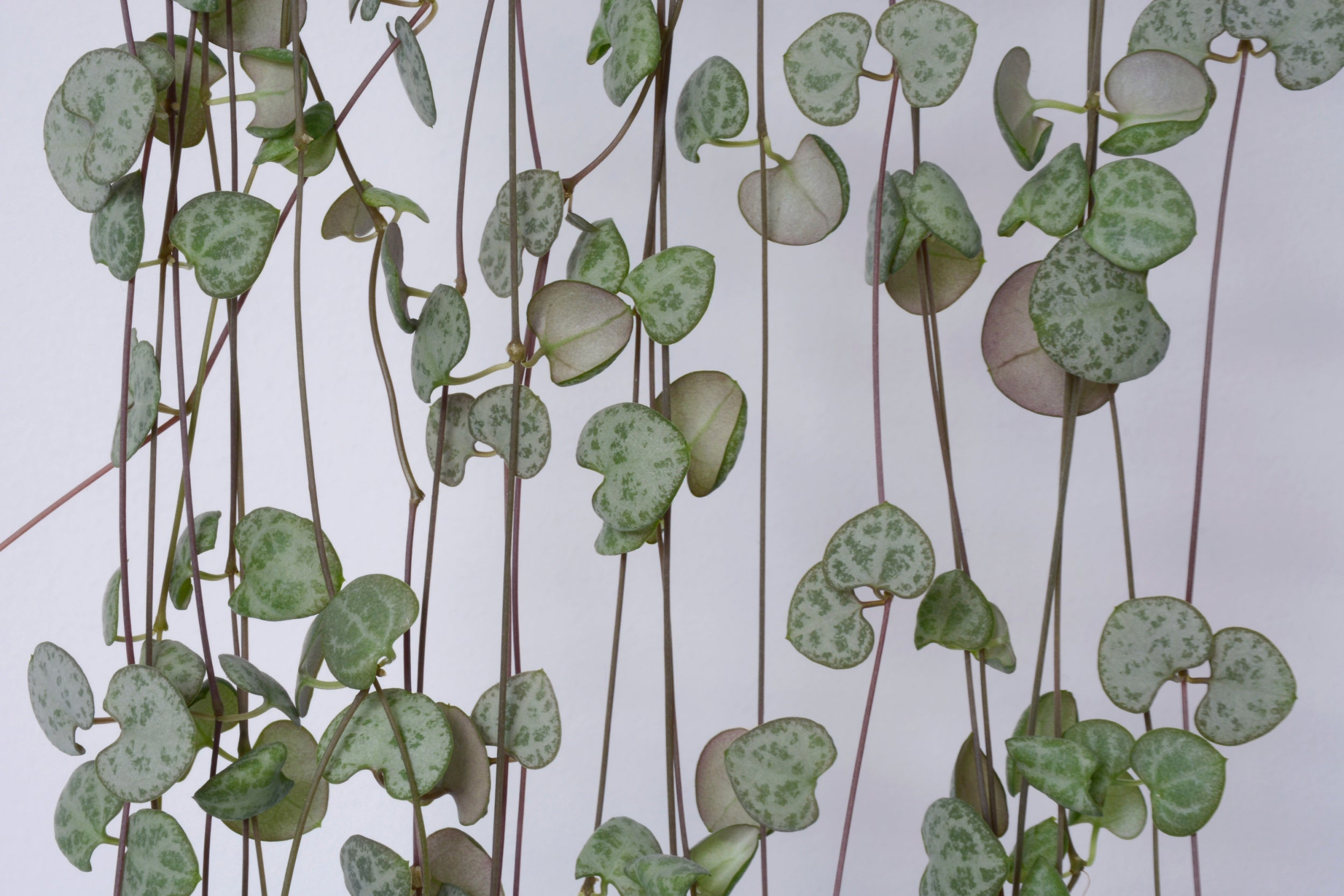
“Twenty or so years ago, my grandmother gave me cuttings from beefsteak begonias,” says Heather Arndt Anderson, author of Berries: A Global History. “I should be getting some flowers on it in the next month or two. That and Christmas cactus, they make a perfect house plant for a teenager moving into her first apartment. And I always have a couple of cheap Trader Joe's orchids on my windowsill, which need no more special care than dumping that leftover glass of water at the end of the day.”
But another one getting her attention is a rosary vine, or ceropegia: “It has interesting foliage and low needs, and has funky little flowers shaped like little pink bongs – these blackish, purple stamens sticking out of the end, like a Barbie hookah.”
Shooting star hoyas
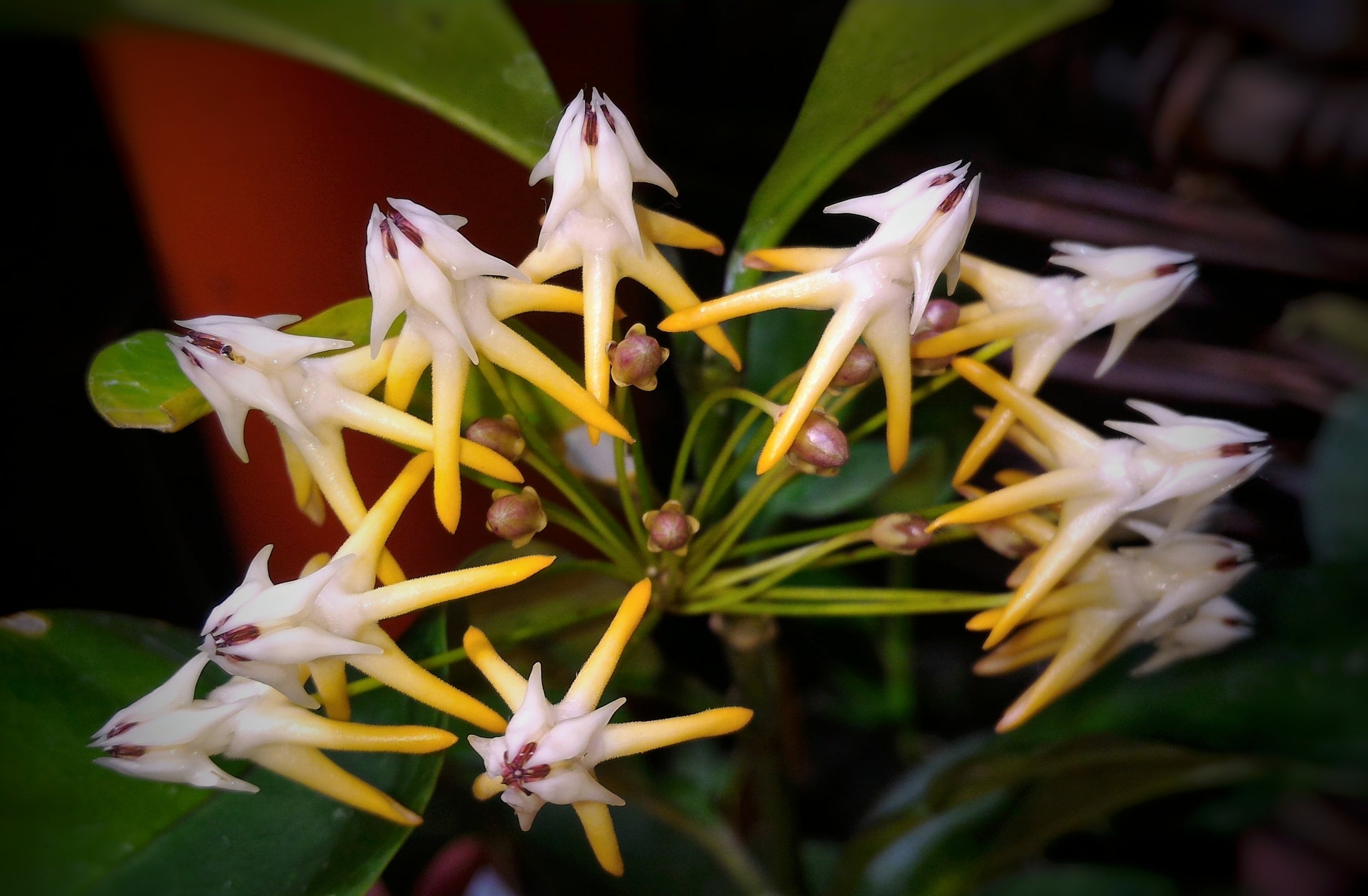
“The one at this moment that's giving me a bit of joy is my shooting star hoyas, which are in bloom right now,” says entomologist Oakes, author of How To Make a Plant Love You. “The flowers look like little shooting stars, and I have it under a grow light on top of my armoire next to my bed, so the blooms look like they're falling over me. I do not water it very frequently based on the light I'm giving it, maybe once every week.”
The plants don't require too much direct light because they have a thinner leaf than other members of their genus. “They can be redolent at night or in the early morning hours, and different ones can smell like chocolate or cinnamon, though some can smell like sweaty socks.”
© The Washington Post
Join our commenting forum
Join thought-provoking conversations, follow other Independent readers and see their replies
Comments